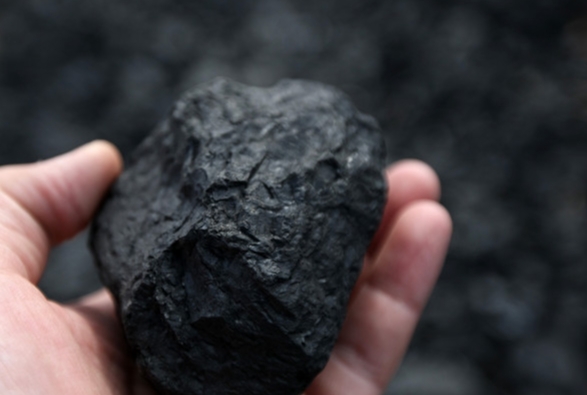
Electrode Paste Density is an important metallurgical parameter for the successful operation of a submerged arc furnace. It is a carbon-based product that is manufactured in cylinders and as briquettes. The electrode paste is used for continuous self baking electrodes when the electric smelting is carried out to produce pig-iron, ferro-alloys such as ferromanganese (including silicomanganese), ferrochrome and calcium carbide. For over 100 years, Elkem has been a leader in producing Soderberg electrode paste for electric smelting processes in both open and closed electric furnaces.
The ideal density for an application is determined based on the physical characteristics of the carbon-based electrolyte paste, like its strength and conductive properties. This is determined by both the type of melting process and the desired characteristics of the electrolyte.
For the materials to reach the required density they must be finely sifted and ground to a consistency allowing for a good bonding to coal tar. The coal tar pitch is a by-product of the petroleum coke distillation process. It acts as a natural adhesive that holds the carbon electrode aggregate together.
After grinding and sifting the electrode paste, it is heated in a mixing machine to 1800C. At 2000C, liquid coal pitch is then added. The mixture is blended to a desired plasticity and then allowed to cool and bake to the baked electrode paste. The baked electrode paste can then be shaped to fit the specific melting process, in either an open or a closed electric furnace.

The electrode paste, once it has been formed and sized correctly for the smelting process in question, is then placed into an electrode column. The temperature in the furnace increases and causes the electrode paste to melt, resulting in the formation of a baked block of electrically conductive carbon. The electrode is now prepared to take part in the aluminium production process. This electrode transfers electricity from its electrode to the electrolyte allowing separation of the aluminum and alumina.
The ideal electrode paste density results in a lower current density that is less damaging to the refractory coating of the electric furnace while providing an adequate conductivity. It is also important that the baked electrode paste has a low volatile matter content, which helps to avoid the formation of an alkali-alumina-aluminum (AAA) scale on the bottom of the steel shell in both ferro alloy and pig iron furnaces. The baked electrode paste should also have a low amount of ash to limit the oxidation reactions and prevent excessive water production during the melting process. Graphite can further improve the performance by adding it to the recipe.

Write a Message